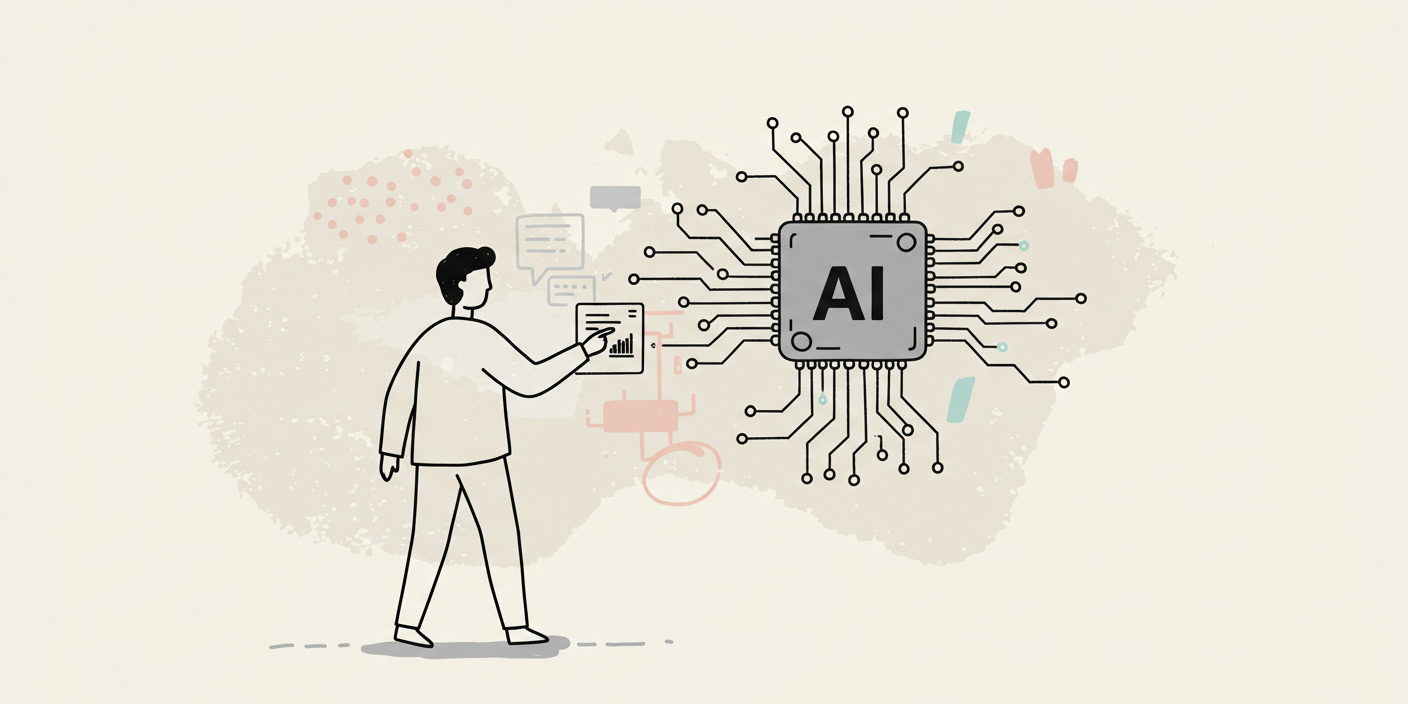
The excitement around generative AI isn’t slowing down, but turning that excitement into real-world applications — especially inside large organizations — is still harder than it looks. While demos are easy, building scalable, secure, and governed AI apps that talk to your data, integrate with your systems, and deliver business value? That’s another story.
That’s why Azure AI Studio and Azure AI Foundry are worth paying close attention to. Microsoft isn’t just offering another playground for prompt testing — they’re building out a full stack for enterprise-grade AI development. And for companies already invested in the Microsoft ecosystem, this is a big step forward.
We’ve been exploring this closely as Microsoft Data & AI partners. Here’s our perspective on what Foundry brings to the table, what challenges it aims to solve, and how it might reshape how teams build intelligent agents at scale.
The Gap Between Models and Products
Right now, most enterprises face a familiar pattern:
-
Business teams see GenAI potential (faster reporting, better search, smarter automation)
-
Tech teams prototype something cool in a notebook or tool like OpenAI Studio
-
When it’s time to move to production, things stall: security, compliance, integration, and monitoring become blockers
The result? Lots of pilots. Few scalable wins.
Azure AI Studio and Foundry aim to solve this by combining the flexibility of prompt engineering with the structure of software development. You’re no longer left stitching together orchestration, model hosting, retrieval, and observability from scratch.
What Azure AI Studio + Foundry Actually Offer
Let’s break it down.
1. A Shared Workspace for Developers and Data Teams
Azure AI Studio lets teams:
-
Create prompts and test different foundation models (OpenAI, Phi‑3, Mistral, etc.)
-
Define inputs/outputs and control flow for agent-like behavior
-
Connect to enterprise data (via Microsoft Fabric, Azure Search, or external APIs)
It’s not just for model experimentation. You’re building components that plug into real services, with CI/CD integration, access controls, and logging baked in.
2. Agent & App Scaffolding with Azure AI Foundry
Foundry extends the Studio by:
-
Providing reusable app templates (e.g., RAG pipelines, copilots, chat assistants)
-
Offering standard scaffolding for input handling, model routing, evaluation, and error handling
-
Enabling teams to register these apps in the Azure ecosystem for monitoring and governance
Think of it as a framework that helps you move faster — while still following enterprise rules around data access and model safety.
3. Evaluation and Guardrails
One of the most overlooked challenges in GenAI is testing and measuring output quality. Foundry includes:
-
Human feedback integration
-
Automatic evaluation tools (for hallucinations, tone, accuracy)
-
Custom guardrails to filter sensitive outputs or enforce business logic
This makes your agents auditable and improvable — not just clever.
Why This Matters for Early Adopters
If you’re on the “early majority” side of the chasm, this is exactly what you’ve been waiting for. You don’t want to experiment endlessly. You want:
-
Repeatable patterns
-
Measurable results
-
Tools that meet your security and compliance standards
-
And apps that don’t break when you scale from 100 users to 10,000
Here’s what we like most from the early demos and documentation:
-
Multi-model support: You’re not locked into one foundation model. You can test across providers and optimize for cost, latency, or accuracy.
-
Enterprise-grade deployment: You can host in your own environment, integrate with Azure Monitor, and follow your org’s access controls.
-
Composability: Agents can be treated like microservices — built, tested, updated, and deployed independently.
This starts to feel less like GenAI prototyping and more like real AI engineering.
A Few Real-World Applications We’re Exploring
As partners, we’re already thinking about where this lands first. A few examples:
-
Field Service Copilots: Agents that summarize past service logs, surface technical guides, and draft reports — all embedded in Dynamics.
-
Finance Compliance Reviewers: LLMs that parse quarterly reports, spot unusual variances, and generate audit notes with links to source data.
-
Legal Document Explainers: Secure RAG apps that turn long contracts into plain-language summaries for internal teams — with clause-level sourcing.
None of these are new ideas. What’s new is the ability to move faster, with confidence, using standardized patterns.
What’s Still a Work in Progress
This is early tech. As of today, Azure AI Foundry is in preview. Here’s where we’re watching closely:
-
Fine-tuning workflows: Can teams easily fine-tune custom models and manage model versions?
-
Pricing transparency: As with all AI workloads, cost control will matter — especially across model tiers and usage spikes.
-
Tooling maturity: The dev experience looks promising, but how well does it hold up with larger teams, stricter policies, or hybrid environments?
Still, Microsoft’s track record in building enterprise-ready platforms gives us reason to be optimistic.
Final Thought: From Hacky Prototypes to Production Agents
Azure AI Studio and Foundry aren’t just “another GenAI platform.” They’re a sign that we’re entering a new phase — where building AI apps looks a lot more like building real software. Standardized, collaborative, auditable, and scalable.
If you’re already working in Azure, this gives you a serious advantage. You’re not duct-taping services together. You’re using a unified foundation, tuned for both experimentation and deployment.
For early adopters, this is your invitation to stop prototyping and start productizing. To turn copilots into teammates — and assistants into actual agents.
We’ll keep exploring it. And we’ll keep sharing what works, where it breaks, and how to build responsibly at scale.